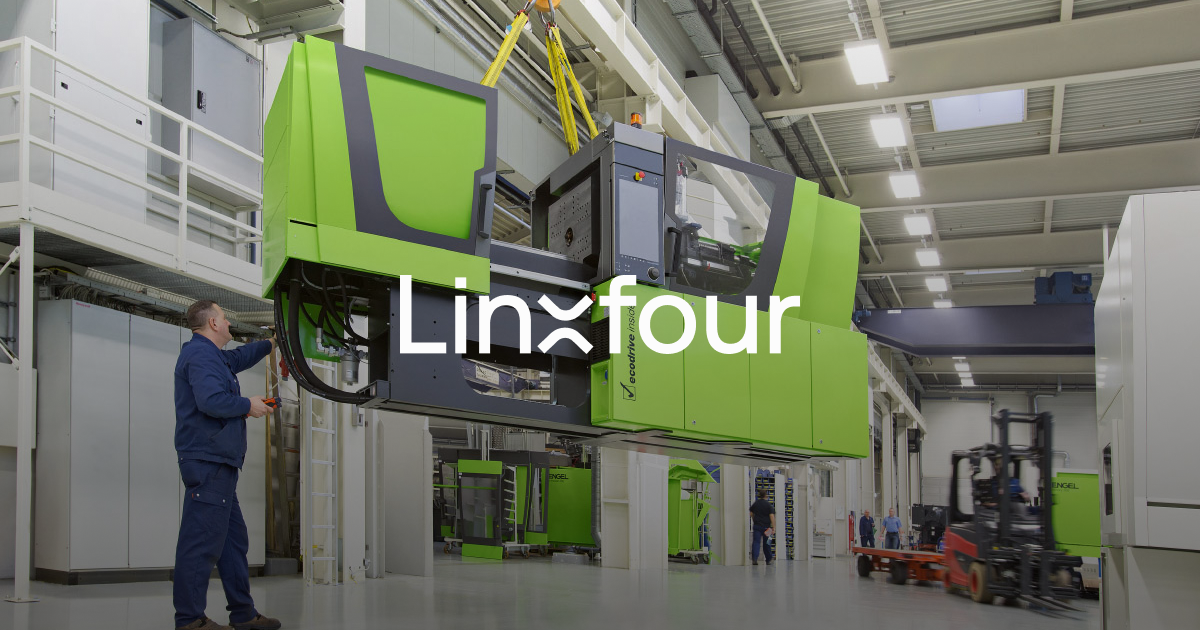In the rapidly changing world of finance for manufacturing, the idea of Pay-per-Use Equipment Finance is emerging as a transformative force, reshaping traditional models and providing unprecedented flexibility to companies. Linxfour is at the forefront, leveraging Industrial IoT, to bring the future of financing, which is beneficial for both equipment operators and the manufacturers. We examine the complexities of Pay per Use financing, the impact it has on sales under difficult conditions and how it changes accounting practices by shifting the focus from CAPEX to OPEX, unlocking off the treatment of balance sheets in accordance with IFRS16.
The Benefits of Pay-per-Use Financing
Pay per use financing of manufacturing equipment has revolutionized the industry. Businesses pay according to the actual use of equipment instead of rigid fixed payments. Linxfour’s Industrial IoT integration ensures accurate utilization tracking, providing transparency, and removing hidden costs or penalties if the equipment is not utilized. This innovative approach allows for greater flexibility in cash flow management and is especially important in times that see fluctuating demand from customers and low revenue.
Business and sales conditions
The overwhelming consensus among equipment makers is testimony to the possibility of Pay Per Use financing. An overwhelming 94% of respondents think that this type of financing can boost sales, even in challenging economic conditions. The ability to integrate costs directly to the usage of equipment does not only draw attention to companies looking to maximize their spending but creates a win-win scenario for manufacturers, who could offer better financing options for their customers.
Moving from CAPEX to OPEX: Accounting Transformation
Accounting is among the primary differences between traditional leasing as well as pay-per-use finance. Pay-per-Use financing transforms businesses by moving from capital expenditures to operating costs. This change has a significant impact on financial reporting. It offers an improved picture of the expenses associated with revenue.
Unlocking Off-Balance Sheet Treatment under IFRS16
The use of Pay-per-Use financing can also provide a strategic advantage in terms of off-balance sheet treatment which is a crucial aspect under the International Financial Reporting Standard 16 (IFRS16). Businesses can get rid of these obligations by converting their equipment finance costs. This reduces the financial leverage, but also reduces hurdles to investment, making it an attractive proposition for companies seeking a more agile financial structure.
Enhancing KPIs in the event of Under-Utilization
In addition to the off balance sheet treatments Pay-per-Use models also contribute to enhancing important performance indicators (KPIs) like free cash flow and the Total Cost of Ownership (TCO) particularly in the event of under-utilization. Lease models based on traditional methods can pose problems when equipment is not utilized according to the plan. With Pay-per Use, businesses are no longer burdened with fixed payments for underutilized assets, thereby optimizing their financial performance as well as increasing overall efficiency. See more at Equipment as a service
Manufacturing Finance The Future of Manufacturing Finance
As companies continue to navigate the complexities of a changing economic environment, innovative financing models like Pay-per Use are paving the way for a more resilient and adaptive future. Linxfour’s Industrial IoT driven approach is not just beneficial to equipment operators and manufactures however, it is also in line with a larger trend where businesses are seeking affordable and flexible financial solutions.
Conclusion: The integration of Pay-per Use financing along with the transition of accounting from CAPEX to OPEX as well as the off balance sheet treatment in IFRS16 represents an important shift in the field of manufacturing finance. Businesses are striving for cost-effectiveness and financial agility. Adopting this new financing model is a necessity to keep ahead of the curve.
